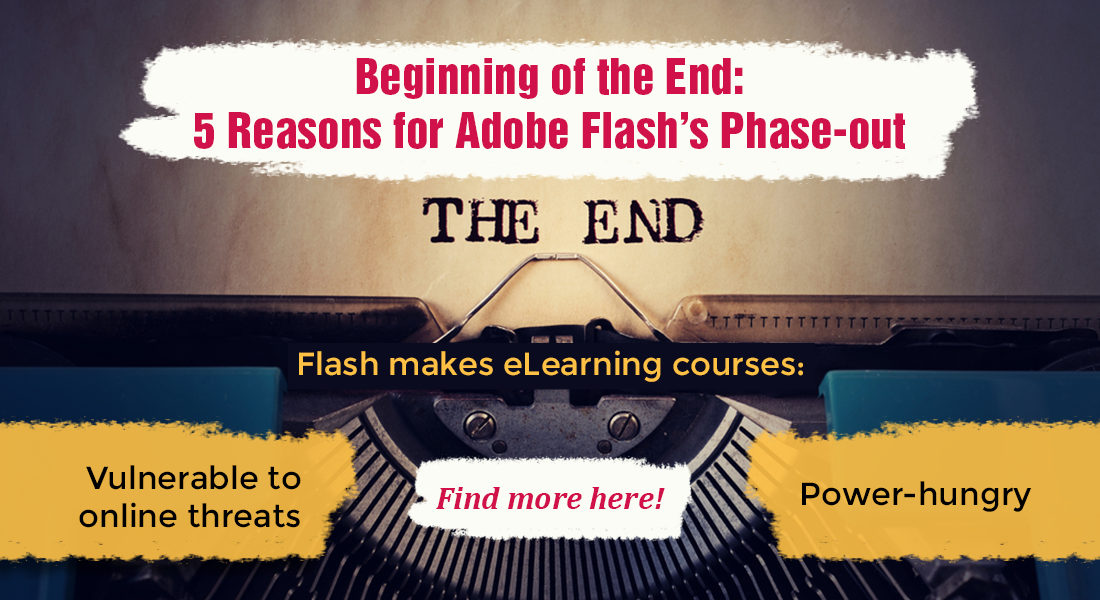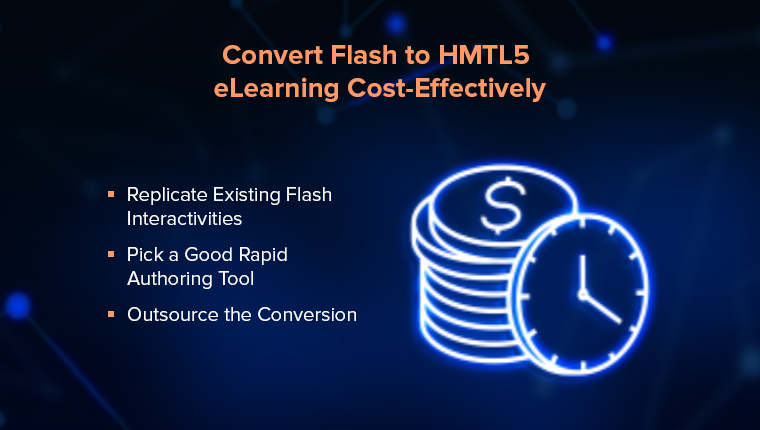Plain Conversion or More – What Does Flash to HTML5 Conversion Have in Store? [Infographic]
![Plain Conversion or More – What Does Flash to HTML5 Conversion Have in Store? [Infographic] Plain Conversion or More – What Does Flash to HTML5 Conversion Have in Store? [Infographic]](https://blog.commlabindia.com/hubfs/Imported_Blog_Media/What-Problems.jpg)
If you are in the L&D world, chances are you are hearing about Flash to HTML5 conversion a lot. While it’s a good opportunity to revive legacy courses and extend their utility, Flash to HTML5 conversion has a lot of hidden opportunities too. A classic case of having your cake and eating it too!
What are those opportunities and how do we achieve them? If you are looking for the answers, here are some clues – replicate Flash-like interactivities, update content and branding, modernize instructional strategy, and more.
Read this ready reckoner on Flash to HTML5 conversion.
Your legacy courses will need varying degrees of revamping and that’s why there are 4 Flash to HTML5 conversion strategies – which not just convert Flash to HTML5, but also take care of other requirements.
So, brainstorm with your team to identify what updates are needed and go through this list to check what’s possible. You’ll be surprised to see all your needs here, and more!
- Convert Flash courses without source files to HTML5
- Revive Flash courses developed in old versions of authoring tools
- Replicate Flash-like interactivities using authoring tools
- Replace non-mobile-friendly interactivities with modern, intuitive ones
- Update courses with outdated content, visuals, or branding
- Reconfigure lengthy legacy courses to microlearning
- Update courses instructionally by incorporating new-age learning strategies
This infographic will give you a bird’s eye view of all the problems that can be solved through Flash to HTML5 conversion. And in case you would want to explore more, don’t miss the exhaustive insights we’ve put together on this topic.







